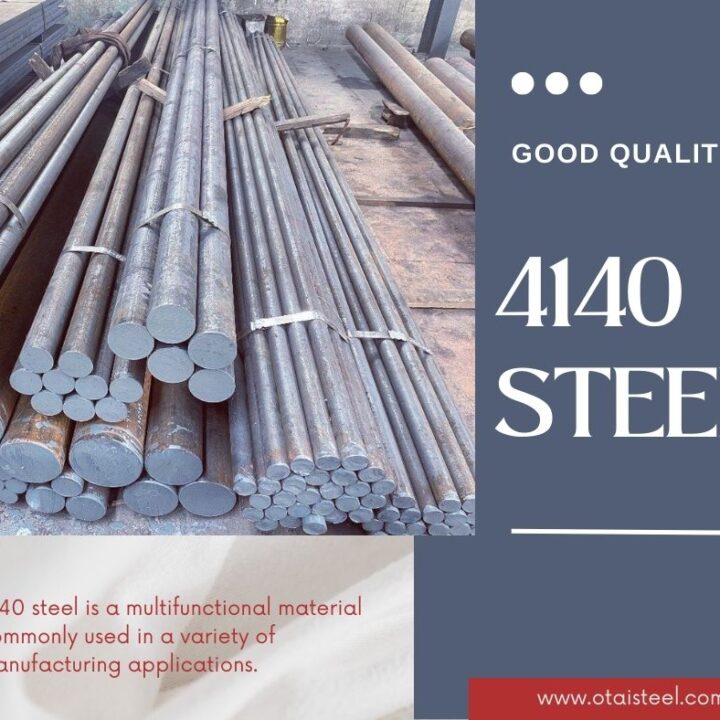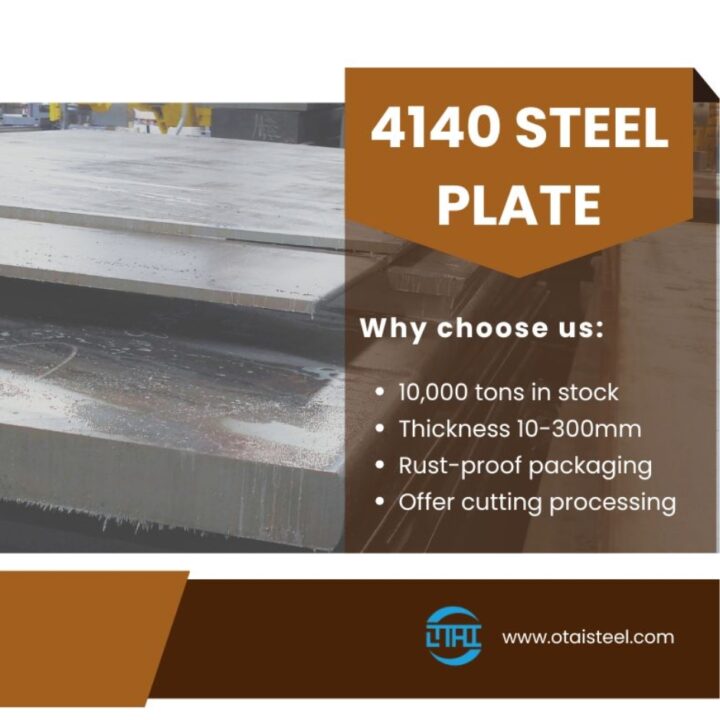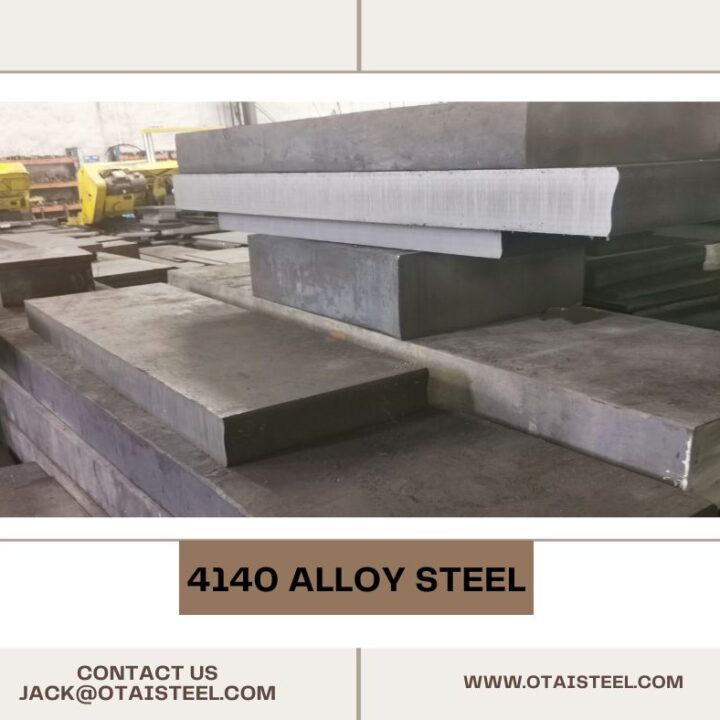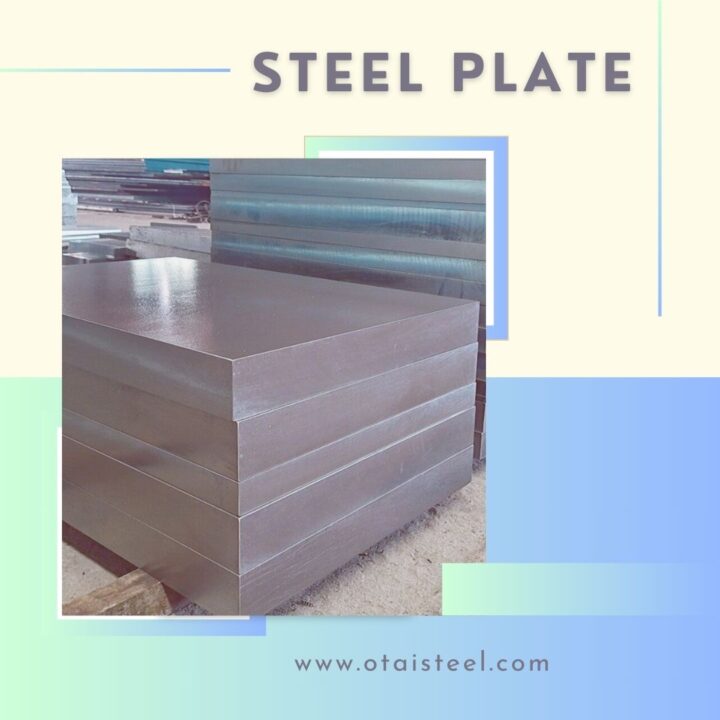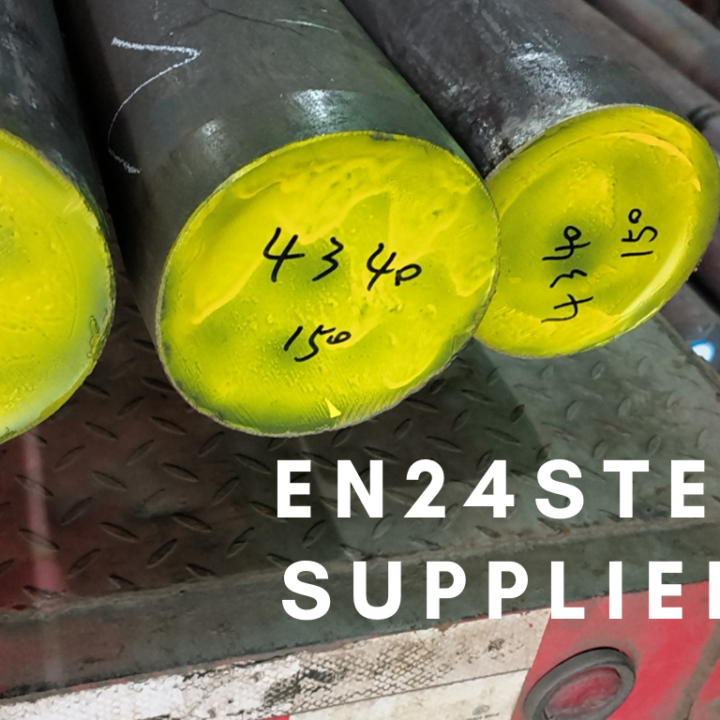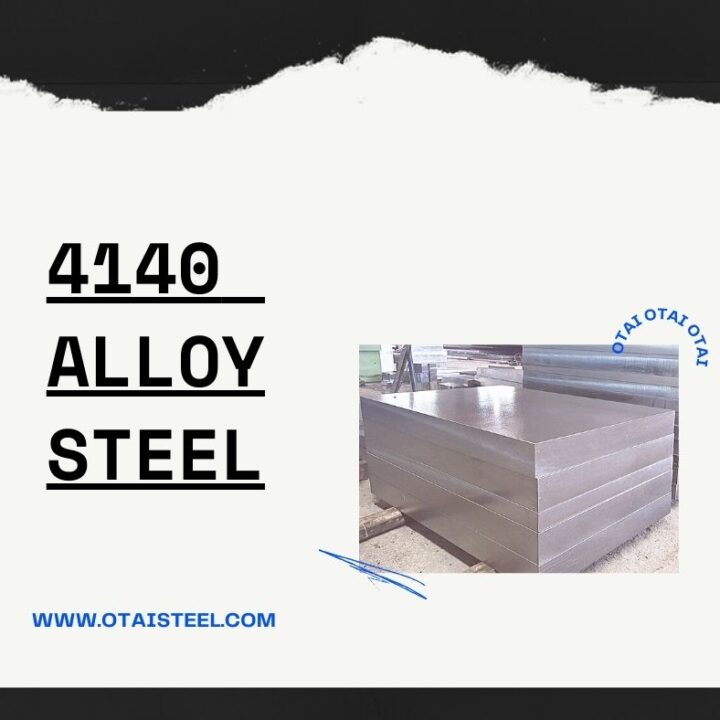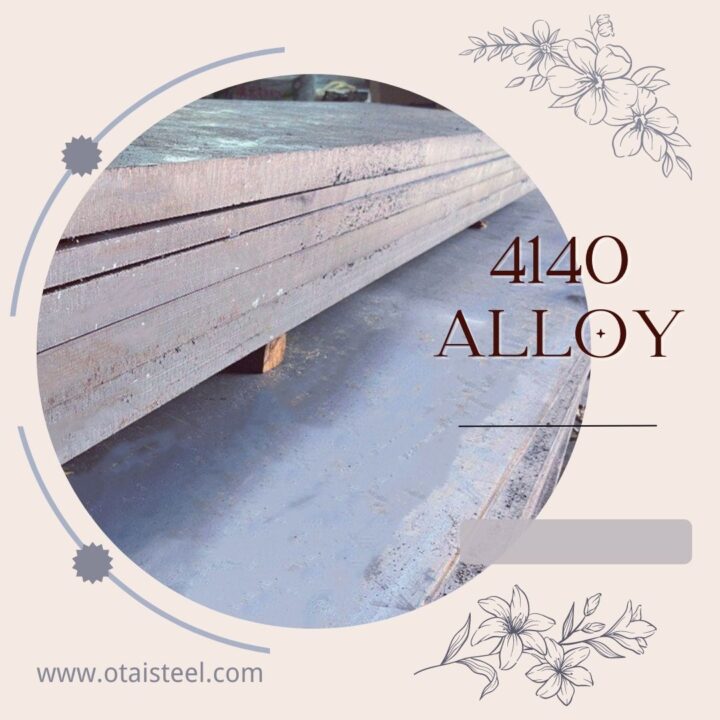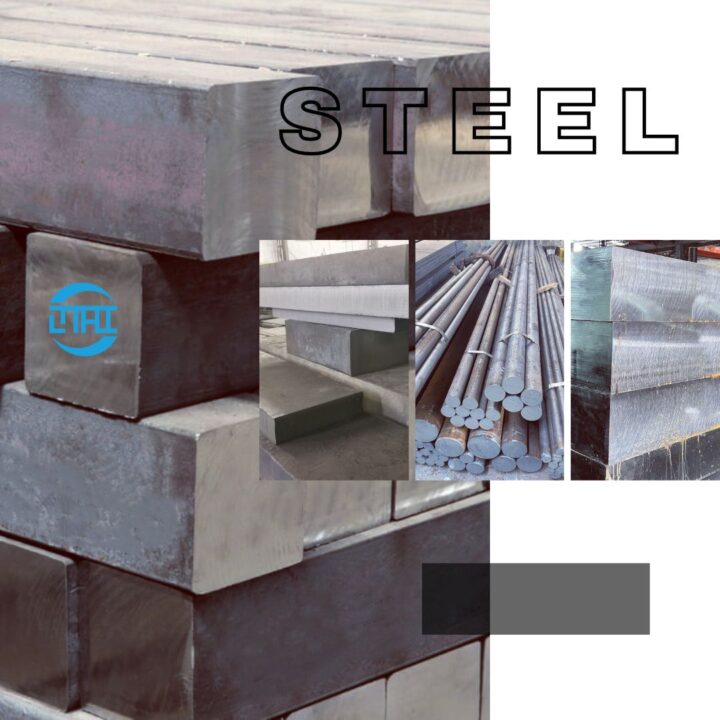Machinability plays a vital role in determining the ease and efficiency of metalworking processes. When it comes to 4140 steel, a versatile and widely used alloy, understanding the effect of alloying elements on its machinability becomes essential.
Composition of 4140 Steel
4140 steel belongs to the family of low-alloy steels and is known for its excellent strength, toughness, and wear resistance. Its composition primarily consists of iron (Fe), carbon (C), chromium (Cr), manganese (Mn), molybdenum (Mo), silicon (Si), phosphorus (P), and sulfur (S). The precise amounts of these elements can vary depending on the specific grade and manufacturing process.
Alloying Elements and Their Effects
- Chromium
Chromium is an essential alloying element in 4140 steel. It enhances hardenability and contributes to the steel’s corrosion resistance. However, increased chromium content can also lead to decreased machinability, as it tends to increase the hardness and brittleness of the material.
- Molybdenum
Molybdenum is another crucial element in 4140 steel. It improves the steel’s strength, hardenability, and high-temperature stability. Molybdenum can have a positive effect on machinability, as it promotes the formation of small, fragmented chips during cutting, reducing tool wear and improving surface finish.
- Manganese
Manganese is added to enhance the hardenability and strength of 4140 steel. It can have a slight positive effect on machinability, helping to reduce cutting forces and improve chip formation. However, excessive manganese content may negatively impact machinability by increasing work hardening and chip adhesion.
- Carbon
Carbon is a critical alloying element in steel and has a significant influence on its machinability. Higher carbon content generally improves the hardness and strength of the steel but can also lead to reduced machinability. High carbon levels increase tool wear and may result in poor surface finish and chip control.
- Silicon
Silicon is commonly added to improve the steel’s deoxidation properties and enhance its strength and hardness. In terms of machinability, silicon has a minimal effect but can improve chip control and surface finish when combined with appropriate cutting conditions and tool geometry.
- Phosphorus
Phosphorus is a residual element in steel and is typically kept at low levels. Higher phosphorus content can negatively impact machinability by promoting tool wear and surface roughness. It is important to control phosphorus levels during the steel manufacturing process to maintain optimal machinability.
- Sulfur
Sulfur is another residual element that needs to be controlled to ensure good machinability. Higher sulfur content can improve machinability by facilitating chip breaking and reducing cutting forces. However, excessive sulfur levels may lead to surface defects and reduced ductility.
Machining Techniques for 4140 Steel
To optimize the machinability of 4140 steel, several machining techniques can be employed:
- Cutting Speed and Feed Rate
Proper selection of cutting speed and feed rate is crucial for achieving efficient and effective machining. High cutting speeds with moderate feed rates are generally recommended for 4140 steel to minimize tool wear and maintain good chip control.
- Tool Geometry and Coatings
Choosing the appropriate tool geometry and coatings can significantly impact the machinability of 4140 steel. Tools with sharp cutting edges, optimized rake angles, and suitable coatings (e.g., TiAlN or TiCN) can improve chip evacuation, reduce cutting forces, and enhance surface finish.
- Coolant and Lubrication
Using an appropriate coolant or lubrication during machining operations can help dissipate heat, reduce friction, and improve chip evacuation. This, in turn, contributes to improved tool life, surface finish, and overall machinability.
By understanding these effects and employing suitable machining techniques, manufacturers can optimize the machining processes for 4140 steel, achieving efficient and accurate results.
